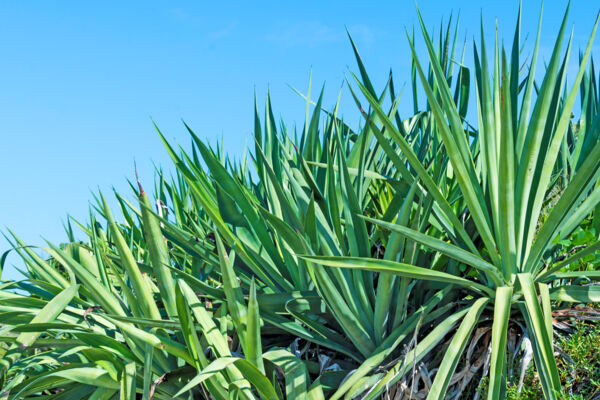Hawkes Nest Grand Turk

Found on the relatively undeveloped southeast of Grand Turk, the Hawkes Nest area is home to Boaby Rock Point Beach and White Sands Beach, and is adjacent to the Grand Turk Cruise Center.
The main feature of the region is Hawkes Nest Salina. This shallow pond was used for sea salt production in the past and today low stone dividing walls can still be seen in the salina. The site also offers large quantities of natural white crystal sea salt, far more than is typically found at the other abandoned salinas throughout the country.
Although this site is not far from the Grand Turk Cruise Center, it’s not developed for tourism and is accessible only by unpaved roads.
History and Past Industries
Although largely undeveloped today, the southeastern area of Grand Turk saw several sites of industry. In addition to the developed salinas, Hawkes Nest supported a plantation and a small colonial-era fortification and gun battery.
Hawkes Nest Plantation
At the beginning of the 1900s, the northeast region of this area was developed into Hawkes Nest Plantation. This site raised a fibrous agave known as sisal, which was used for rope production. This plantation and the adjacent Eve’s Family Plantation were the only serious agricultural attempts that took place on Grand Turk. Loose stone field walls can still be seen today.
The sisal industry in the Turks and Caicos was short-lived. In addition to the Hawkes Nest Plantation, extensive plantings also took place on East Caicos and West Caicos. Due to emerging hemp fields in the Philippines and the introduction of synthetic fibers, the relatively small scale of sisal production in the Turks and Caicos simply couldn’t compete financially.
Eve’s Hill

To the north of Hawkes Nest and surrounded by wetlands and tidal creeks is Eve’s Hill and the former site of the Eve’s Family Plantation. Joseph Eve, a Loyalist from Nassau in the Bahamas, developed an improved (and wind-powered) version of Eli Whitney’s cotton gin, which was used at cotton plantations throughout the Bahamas and Turks and Caicos.
Gun Hill and Fire Hill
A small fort referred to as Gun Hill, Old Fort, and Dunmore’s Fort, once stood on the soft limestone bluffs on the east side of Grand Turk.
The site was commissioned in the late 1700s by John Murray, the Earl of Dunmore, then Governor of the Bahamas at the time, who perceived a threat from the French. Two fortifications were constructed on Grand Turk: one at Colonel Murray’s Hill (Fire Hill) to the east of Over Back, and Gun Hill near Hawkes Nest.
The Grand Turk gun batteries were part of a network that included Fort George Cay and possible posts on Providenciales.
